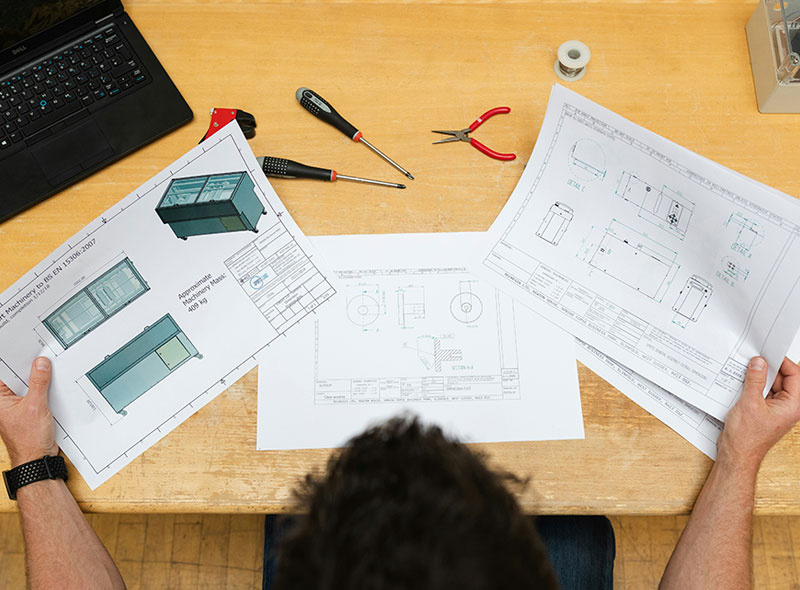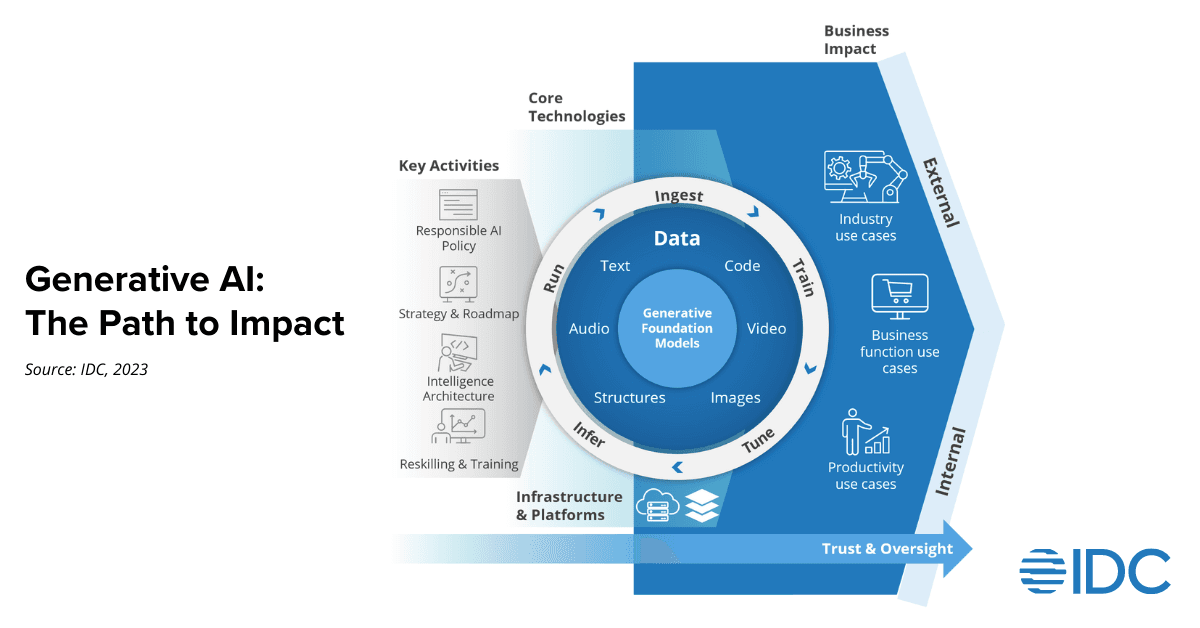Our Solutions
Software and IT solutions for solving challenges in Secure Applications Architecture.
Adopt a Zero Trust Security Model
- Recommend transitioning from traditional perimeter-based security to a Zero Trust approach that verifies every access request based on user identity, device posture, and other contextual signals.
- Implement robust identity and access management solutions to enforce granular access controls and minimize the risk of unauthorized access.
- Leverage cloud-based zero trust network access (ZTNA) solutions to securely enable remote and mobile workforce access.
Implement DevSecOps Practices
- Integrate security throughout the software development lifecycle by shifting security left and incorporating it from the design phase.
- Recommend tools and processes for automated security testing, including SAST, DAST,IAST, and SCA to identify vulnerabilities early.
- Assist in establishing a culture of shared responsibility between development, security, and operations teams.
Leverage Cloud-Native Security Services
- Recommend the use of cloud-based security services and capabilities offered by major cloud providers to address the complexity of hybrid and multi-cloud environments.
- Help clients take advantage of the scalability, flexibility, and consumption-based pricing models of cloud security services.
- Ensure clients understand the shared responsibility model with the cloud provider and design secure isolation mechanisms for multi-tenant environments.
Centralize Security Management
- Implement a unified security management platform that provides a single pane of glass for monitoring and controlling access across all applications and infrastructure.
- Integrate the security management solution with the client's identity and access management system to enforce consistent access controls.
- Leverage the platform's advanced analytics and automation capabilities to detect anomalies, prioritize risks, and automate remediation workflows.
Adopt Low-Code Development Platforms
- Recommend the use of low-code development platforms to overcome the challenges of inflexible legacy and monolithic systems.
- Leverage low-code to consolidate numerous point solutions and address unpredictable future needs and innovations.
- Improve efficiency and accelerate application development and deployment with low-code, while maintaining a strong security posture.

Experience, Expertise, and Excellence in Technology Solutions
Secure Application Architecture refers to the design and implementation of a structured framework to protect applications from various security threats and vulnerabilities. It involves identifying security requirements, defining security controls, and integrating security measures throughout the software development lifecycle.
The key components of Secure Application Architecture include data protection mechanisms (encryption, access control, data masking), secure interfaces (authentication protocols, secure communication channels), and comprehensive security policies and risk assessment processes. These components are designed by security experts to align with industry best practices and regulatory requirements.
Implementing Secure Application Architecture offers numerous benefits, including enhanced monitoring capabilities, advanced security tools, and proactive threat mitigation strategies. It helps organizations detect and respond to potential threats in real-time, stay ahead of evolving cyber threats, and protect sensitive data. Additionally, it provides a centralized view of security across the entire application landscape, improving visibility and control.






